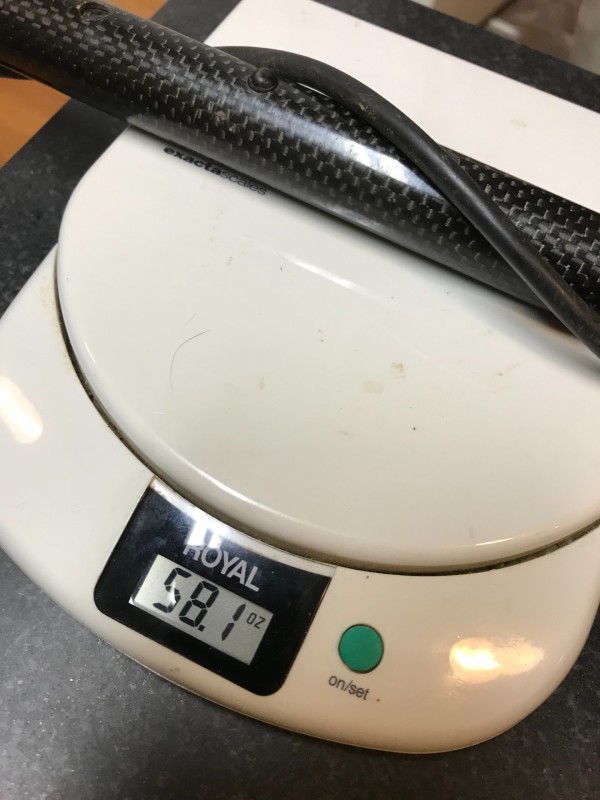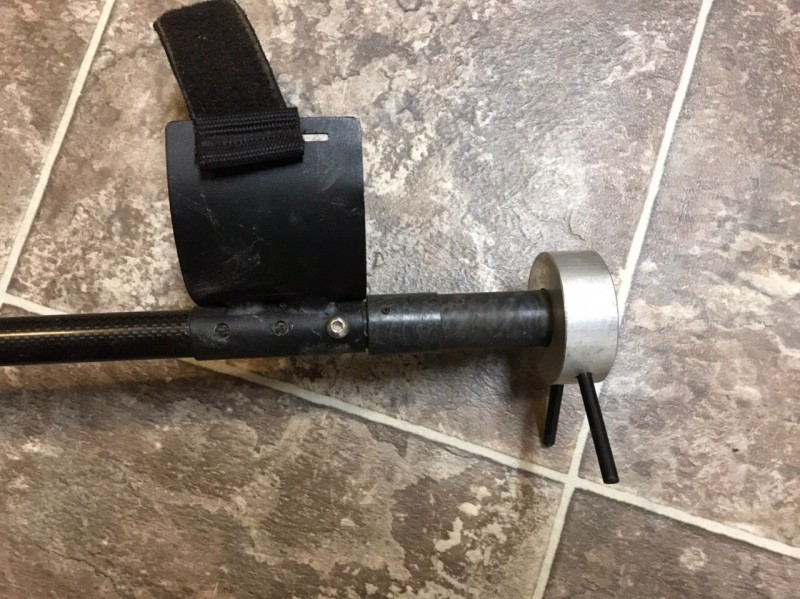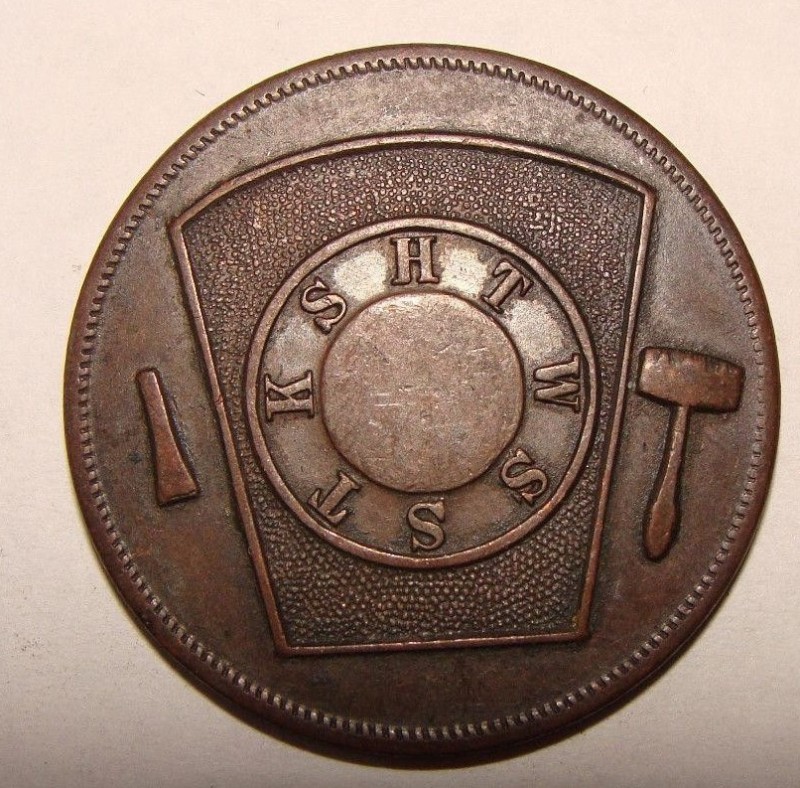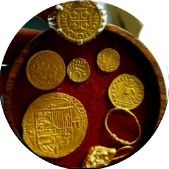Search the Community
Showing results for tags 'minelab equinox'.
-
I've held off posting a video like this because of all the controversy with Deus 2 vs Equinox thing. Now that other people are getting the Deus 2 and showing that it struggles in mineralized dirt just like all other VLF's I decided to go ahead and post the video. I've said this to a few other people privately and I thank them for their comments and input. I actually filmed this test in my test garden 3 times over the past week and a half, deleted all but the last just to make sure I had all the programs in the Deus 2 figured out. I've been out with the Deus 2 on 3 different hunts about 4 hours each and I'm seeing the same results as this test show in my soil. So if you have higher or lower mineralization this probably doesn't apply. I've used the Deus 1 for about 6 years, so I'm not new to how it operates and the Deus 2 is very similar to the Deus 1. Just today I went out to a relic site and confirmed what I'm seeing in the test garden when I compare signals Deus 2 vs Equinox. I'm personally not getting rid of the Equinox, the Deus and Equinox are still yin and yang IMO. The Deus 2 in my city has a real issue with EMI, more so than the Equinox. It's going to be tough using it in a park around here. Might just be the 11" coil, I hope. Looks like Paystreak has the same EMI issues with the 9" coil as well. Some may ask about the relic program because I don't show it in the video. I will say it hits the deeper targets, But the results are still the same as the other programs in the video 00 ID.
-
Many of you will be aware that the 'Target ID' number given by a detector is related to the 'Target frequency'. 'High frequency' targets read low-down on the ID scale, typically because they are small, thin, or made of a metal that's a poor electrical conductor. Conversely, 'low frequency' targets tend to be physically larger, and more likely to be composed of better conducting metals. By careful measurement, it's possible to calibrate the ID scale of a given detector. I've done this for my Fisher F75 previously, it has a wide non-ferrous ID scale, from 16 -> 99, so it can give quite precise target freq. values. I finally got round to properly working out the calibration of the Equinox 00 -> 40 scale. I have quite a varied selection of test targets that I've used for this calibration. Some of this as a result of work done on the Geotech1 forum, where both PI and VLF's were used for tests. The real physical targets include squares cut from aluminium drinks cans, coins, precisely-made copper rings. The best target is a 'synthetic' one: a coil of wire, with a selected resistor as a load. Knowing the inductance and resistance lets you calculate the time-constant / frequency. Having taken a mountain of readings, it became apparent what Minelab have devised to create the scaling of the Equinox. It's actually very nicely done, and probably only possible as a result of using a high performance microprocessor. Each ID number step represents a fixed frequency multiple change from the previous number. This applies over the entire range from '02' up to '39' , covering a range from 80 kHz to 0.5 kHz. If you plot 'Target frequency' against 'ID number' on log/lin graph paper, you get a perfect straight-line graph. Here is some nerdy maths for you: The ratio from one step to the next is 1 : 1.1472 , so every 8 ID numbers represents a target freq change of 1:3 . An increasing ID number means a lower target frequency, (and a larger target time-constant). Target time-constant and target frequency are related by: 2 * pi * Freq * time_constant = 1 which may be useful to PI users, nugget-hunters. The designers obviously have to choose some particular ID value as their 'reference', and every other ID relates to this. It appears Minelabs engineers have chosen 'centre-scale' to roughly match the 7.8kHz operating frequency ( which dominates the Park1 / Field1 modes). A 7.8kHz target would actually read mid-way between '18' and '19', so technically they were 2 digits out, as it would ideally be 20/21. ( The numbers in the table are calculated. I chose ID ='20' as being a 25 microsecond target, and derived my figured from that.) A few things to note: This ID calibration is done for 'Park1' mode; 'Field1' should be the same. If you're using modes with a higher freq bias ( eg. Park2/Field2 ), the numbers can differ by a point, as you will have no doubt observed. The frequencies shown are for the middle of that ID value range. So for example, TID = '16' actually encompasses targets from 10.3 kHz -> 11.8 kHz Frequencies for ID values over '33' are estimated mathematically. I didn't have any useful test targets reading that high up the scale to verify the numbers. To get a true measurement of a test target, you need to measure it at a test frequency close to that of the target. If you use a different measurement frequency, particularly one higher than the target, you can get errors due to 'skin effect' , where not all of the sample's metal is being measured. So, for example a US silver Dollar has a target freq of something like 0.85 kHz. But measure it with a typical 10 kHz detector, it looks like a 1.2 kHz target.
-
I've been monitoring the development of the NoxBox: https://metaldetectingforum.com/showthread.php?t=294266 Seems like it'll be a great waterproofing option for those who like to use the Equinox in wet environments. The only thing holding up development right now is the designer's need for an Equinox that's in bad shape (or broken).
-
If the Nox is not well ground-balanced on ferromagnetic ground, it falses (due to ground) in low negative VIDs, I understand? What VIDs are likely if the ground blance is off on the wet salt beach (or surf)?
-
can anyone help me please so i was metal detecting for 3 days straight now with Equinox 600 on 22-23 sensivity but for some odd reason no signals coming to my machine in 3 days i only managed to find some coins nothing else no trash no pull tabs no nothing something got my attention the inside of the water sand turned something like this and seawater witdrawed i tried to demonstrade underwater sand with paint
-
TOP MINELAB EQUINOX MISTAKES (I know ‘em, cause I’ve made ‘em...) 1/ Not using cross sweep to determine how consistent a signal is. This results in a lot of elongated targets that sound good in one direction getting dug up. 2/ Not using pinpoint to determine how solid, what size and shape a target is also iron wide / narrow. Pinpoint can also tell you when the machine is responding to part of a larger object—like wire. The machine’s high Gain causes you to dig too many “flyspecks.” 3/ Not using the depth meter to get an idea of target size and location in the strata. The depth meter can help to correlate the other information you are getting to give a better idea of where and what size a target is. 4/ Sensitivity too high (targets don’t stand out), or small surface targets dominate the signal. Target tones become clipped sounding, machine loses depth. 5/ Bias too low (targets don’t stand out), dig alloys. 6/ Recovery speed too fast, targets don’t stand out. 7/ Using a large coil with too much sensitivity—targets don’t stand out from the larger detection field. 8/ Using a large coil with the recovery speed too fast—machine does not have time to process the information from the larger detection field. 9/ Large coil, black sand or high saline, (or fast salt) sensitivity too high --less depth than stock coil. cjc
-
New to this so hello everyone😁 On my Nox 800 I detect in field 2 iron bias f1. Sensitivity 23 I detect with discrimination on until I find a target of jumpy I hit horseshoe to see if it registers iron trouble is it does everywhere with every swing even away from target it's done this since I've had detector (6 months)on every field. I nearly didn't dig a silver coin yesterday makes me wonder how many good things I've not dug. Hope someone can help. Thanks Croc
-
Here is the video I did comparing various metal detectors on the buried gold nuggets. You can see in this video which ones do better on various size nuggets. Take this test with a grain of salt. Mineralization, nugget shape, target depth and site conditions will all effect detector performance. This is just a test I did in Arizona so your area could be much different and the nuggets were freshly buried.
- 38 replies
-
hi to all im currently using the equinox 600 and considering upgrading to nokta legend i only metal detect underwater so the underwater performance of the machine is very important to me also the customer support is very important too unfortunately minelab is an export machine in my country and the parts of it are very hard to find in my country fox example the koss headphones is very hard to find in here etc etc what are your thoughts is it worth getting the legend ?
-
Here's a video of the Deus 2 and Equinox on the buried dimes at 6 & 7 inches. There are a number of things I forgot to do in these videos that I just didn't think about at the time. So they are just an idea of how the detectors perform. I'll have more videos coming with gold nuggets being ran over with various machines and the actual use of the Deus 2 and Equinox in the field nugget hunting. With work and trying to sort out video footage from 3 different sources it may take a few days. I'm open to any comments about what I did wrong or should have done differently. As well as being open to any of you that currently own the Deus 2 and how to set it up in different ways.
-
So my headphone connector went all the way into the pod and would not tighten. It seems like the it broke or unscrewed. Now my headphones will not work. Out of warranty heading back to Minelab soon. Chit.
-
Do you think Minelab would market software updates for the box.i would pay handsomely for new features.8 have no desire to learn a new machine.i can't be the only one thinking about that!!!what say you???
-
What profile is typically better for wading or diving in freshwater? I am assuming no presence of black sand or other strong mineralization in soil or the water. I venture to say, the same settings that works on surrounding land! However I haven’t spent enough detector time to form a strong opinion. What have other Equinox users found to work well? Billy
-
in this video we can see that the main transmitted signal is the same - Multi signal Equinox Park/Field/Gold = Deus-2 pr.1/2/3/4/8/12 - Equinox Beach and Deus-2 pr.5/9/11 signals are slightly different, but the upper frequencies are the same 24кГц - Equinox does not have a low-frequency signal, like deus-2 Deep and Diving program (Pr. 6/10)
- 9 replies
-
- detector tech
- minelab equinox
-
(and 1 more)
Tagged with:
-
Refer to page 48 in Minelab Equinox Manual: Am I missing something or is the instruction wrong or a type-o? Manual states: "The non-ferrous setting can not be a higher number than the ferrous setting." Should it not read: "The non-ferrous setting can not be a lower number than the ferrous setting." Of course it may have 'flew over my head' . . . I've spend some time attempting to clarify the statement but it still appears like a type-o. What's the verdict? While on this subject: Are t1(50Hz) and (t2)500Hz fixed in terms of pitch or frequency? I would think they are permeably set. Just curious. Thanks, Billy
-
Here's a few pics of last years finds. All were found in public places, mainly parks in Texas. I did hunt 1 school and 1 baseball field. My specialty is, hard hit, given up on places. I love the challenge of finding what was left behind. I use the Nox 800 and have it set up to cherry pick copper and silver 90% of the time. If I get into a really old place or around water, I'll open it up a bit. I use my tones as a discrimination , I run wide open . Total silver coin take was 117 and a 287 wheaties, total silver finds 144. Not sure how much clad I found, I cashed it in 3 different times during the year. I'm going on my 4th year with the Nox and have done very well relic, coin and water hunting during that time. Here's my settings. Park 1 Iron Bias F2-0 Ground balance 0 Recovery speed 3 2 tones... pitch on -9 to 17 at 3 from 18 and up at 25 Tone break at 18, unless in older places or around water. No discrimination Sensitivity as high as the site allows. Coil scrubbing the ground and a slow sweep. I know what a lot of people are thinking, just think of all the stuff you left behind. I was having to drive 1 to 2 hours one way to get to some of these places. I have to maximize my time because of the time factor.
- 14 replies
-
- coin detecting
- jewelry detecting
-
(and 1 more)
Tagged with:
-
I had so many incredible responses to my first post that it made perfect sense togo back to the well and run this by you all. With my DMX in it's later years another detector is will be in my future. I've been researching a number of sources including YouTube hoping to narrow down my choices. Considering finances.... to date I have settled on 2 detectors. The Gold Monster 1000 and the Equinox 800. Both are in the same price range....both get good reviews and I see them producing nice finds. The operation of both seem relatively learnable and so far I am finding no negative reviews. I do question some of the YouTube posters for one reason......it seems the reputable posters have allegiance and financial deals with manufacturers. Again it's my goal to keep the cost down for now while I learn as much as possible about the art of proficient detecting using my Gold Bug 2. Once I'm comfortable with where I am I will consider a higher end detector. I can manufacture a few more AR's and sell those to fund my next purchase. That's where users of these units come in to play. Will someone detail your real world reviews of these detectors? I trust this forum won't steer me wrong. Thanks in advance!
-
Hello. I've been doing lots of research but I think it's about time that I consulted some experts in this field. What is the difference between Minelab multi IQ and Ace Apex multiflex technologies
-
I just weighed my nox. It has an Anderson carbon fiber shaft and their metal armrest, home made counterweight, deanos control box cover, and a coil ear stiffener. Guess how much it weighs? Check pic below for the answer. The counterweight makes it more comfortable for me to swing but it’s still heavy, especially after 4 or 5 hours. Now the deus II can be set up in several configurations, but if we go with the heaviest setup with the nine inch coil which is what I have on pre order, I believe it’s around 1 kilogram which is 35.27 ozs. That’s a 22.83 oz savings!For those of you using a counterweight, have you ever weighed the entire rig? If so, please post up some weights.
-
For the 3rd time in the last four years Southern Indiana had a mild December and I was able to detect 14 days. Here are the highlights of my last 6 hunts -- bracketing Christmas -- 20-->27 Dec.: I'll start with the coins (but not in the order shown). 1929-plain Merc (never been disappointed finding a Merc!), 1943-P Warnick, 1936-D Buffalo nickel (very common date+MM), well worn Buffie with a -D mintmark, either a 1916 or 1918 (or, is it too much to ask, 1918/17 overdate?). Correction: I got a better magnification on it and it's a 1915-D (not the D/D overmintmark, just the standard die strike). I'll expound on the 1891 Indian Head Penny a little later. (Note: if you don't want to read my long-winded details of the relics, please go to the last couple paragraphs which describe the large token. I need help with that one.) The token with the hole (before I put mineral oil on it) appears to be copper due to its green color, but maybe brass on bronze. I recall its dTID on the ML Equinox was low 20's (between zinc penny and aluminum screwcap), so probably brass. One side says "THIS TOKEN HAS NO CASH OR TRADE VALUE". I've yet to figure out what is printed on the reverse but that is hopefully more revealing of its origin. At this point I think it could have been made anywhere from the 1920's all the way up to the 1960's based both its looks, patina, and depth (~7"). The tiny buckle may be from a child's shoe. It dTID'ed in the USA 5 cent 'Nickel' zone of 12-13. The two pieces of junk jewelry -- ultracheap earring and crushed gold plated copper(?) ring came it 20-21. (I was hoping for IHP's....) The item at the bottom is non-magnetic. On one side it says 'DUCKBILL' and the other side has a patent number. You can see a rusty steel pin near the junk gold-plated ring -- some kind of pivot point I think. It has an opening on the left end but nowhere else. It appears to be a crude piercing or puncturing tool. If I really want to dig into it I will need to clean up the other side so I can read the patent number and then do a patent lookup -- I've done those before. Not sure I care enough to go to that trouble, but it would give me a better idea of its age (and thus more info of the site). On one of my hunts I hit a part of the park I hadn't done any searching, thinking it was barren of old coins. In the first 10 minutes I got a Buffalo nickel (don't remember which one). 3+ hours later with little more to show (maybe a Wheat Cent or two) I was getting ready to wrap up, hoping for one more goodie. About 10 m. from where I found the Buffie I got a signal which just barely gave a 20 dTID (my first high tone bin) but mostly 18 and some 19. It was a weak enough signal that I thought it might be fairly deep and thus not a recent drop. I don't remember the depth but somewhere in the 5-7 inch range and out popped the 1891 IHP. I know others (e.g. F350Platinum) have gotten IHP's with low dTID's but mine are almost always 20-22 (as are most of my oldest Wheat pennies). Since ring tabs (missing the beavertail) tend to show 18 in my experience, I've avoided 14-18 (14 being modern 'racetrack' shape pulltabs). Whenever I get an anomalous dTID like this I wonder how many keepers I've left in the ground.... After that day I lowered my lowest high tone bin to 19 but have yet to dig another IHP (quite of the hated corroded Zincolns, though). The biggest surprise is the large token at the upper left. In the middle it says "ONE PENNY" and the rest of the printing: FRANKLIN CHAPTER NO. 20, R.A.M. CHAPTERED MAY 7TH 1858 OROVILLE, CALIF. (I didn't photo the reverse but here is what it looks like -- this photo from Google Images): A bit of internet searching revealed that 'R.A.M.' stands for 'Royal Arch Masonry' which I think is part of the well known Freemasonry, but a subgroup that has its own meetings, lodges, etc. Here's a Wikipedia writeup. From what I can tell (again from the internet), lots of chapters had these so-called 'pennies' issued with their chapter location and number printed on them as far back as the 2nd half of the 19th Century. There was (and probably still is) a fairly widespread practice of collecting them. So how, why, and when did this one travel 2000+ miles from the heart of the California Motherload to a muni park in Indiana? That I will never know. It dTID'ed in the mid-30's, consistent with a USA large cent or large USA 90% silver coin (half or dollar). Based upon that I think it's pure copper. Given its condition and where it was located -- about 6" deep and maybe 18" from a sidewalk (probably poured in the 60's or 70's, with associated nearby backfill -- I assume it's been in the ground somewhere very roughly around 30 years. I found an obituary of an Oroville R.A.M. chapter member who died recently (2019) at the age of ~90 so it was still in existence after WWII, and is maybe still in existence. Anyone know any more than that? Has anyone of you ever find a Masonic Penny while detecting?
-
The attached pdf file is a brief side by side comparison of the Minelab Equinox 800 eight (8) search modes/profiles to the Nokta Makro Legend four (4) search modes per their respective "User Manuals". Hopefully you will be able to open & preview the file by just "clicking" on the attached file below. Nox Manual vs Legend Manual.pdf
-
It did not happen to me but to a friend of mine, he searches a lot in the sea, lately it has turned off in the water, he tried to turn on but nothing happened, he put it in the car and on the way home the nox suddenly turned on alone. I had him check the battery, it measured 4.1 volts, there is no humidity in the battery compartment, when he tries to turn it on you hear a click but it does not start, I made him change the coil but nothing happened, I think the only solution is to send it in for repair. What do you think about it? Has such a thing ever happened?


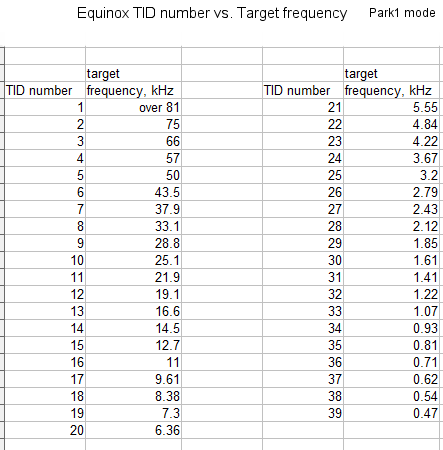
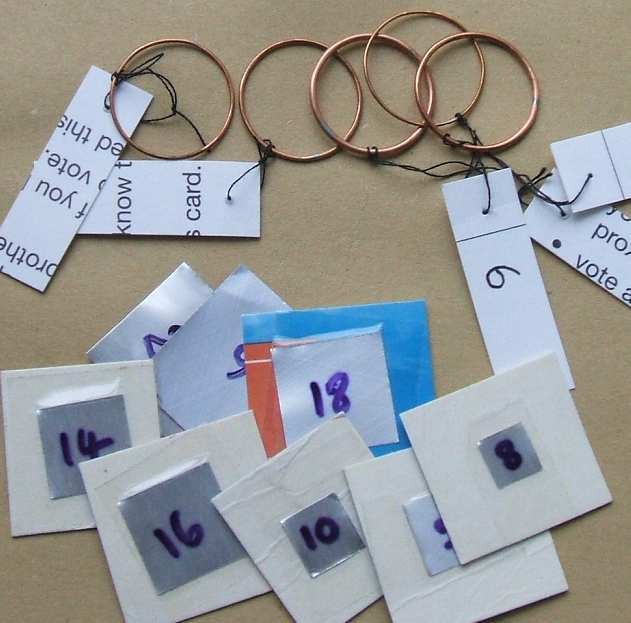
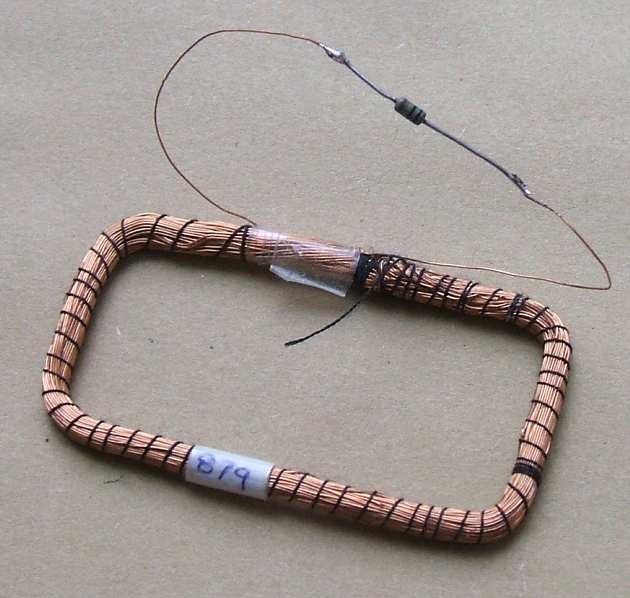
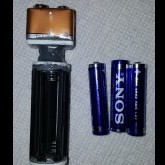

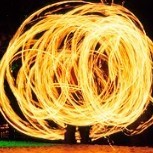
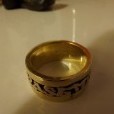
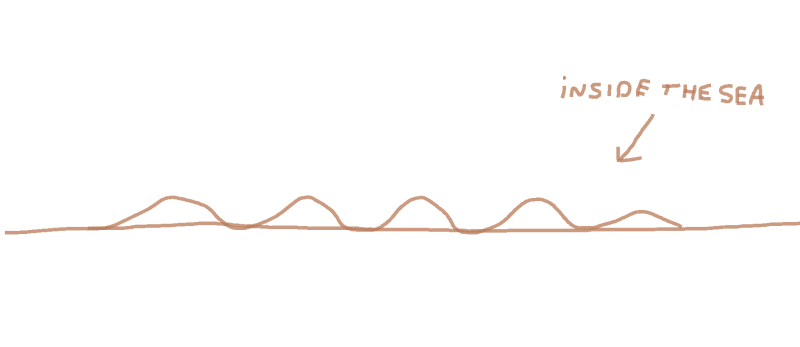

.thumb.jpg.d71314a45f3dc82bf75ac1b96e7e9201.jpg)
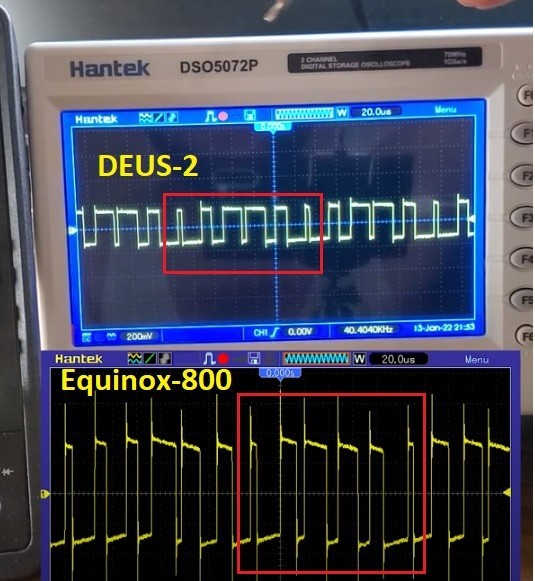
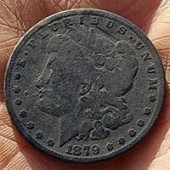
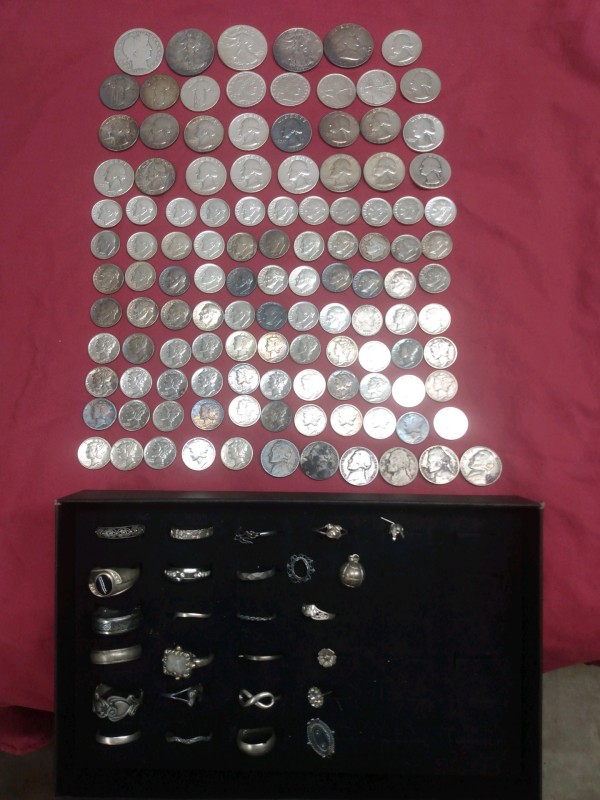
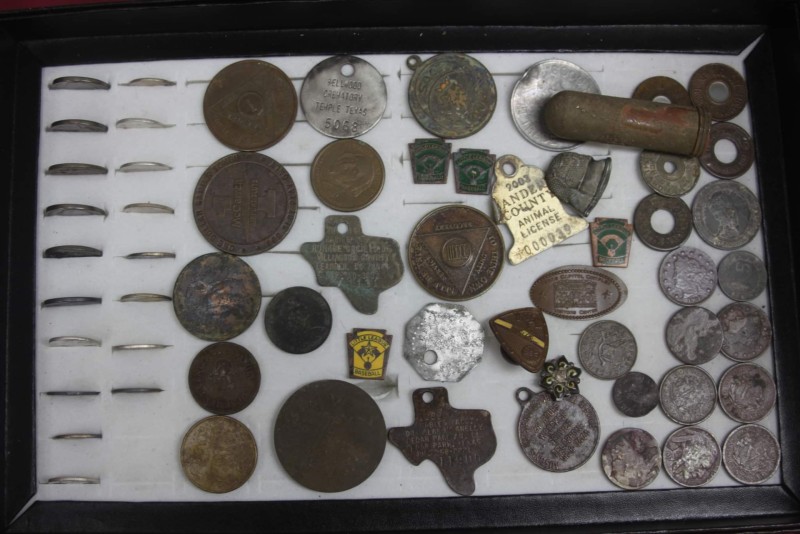
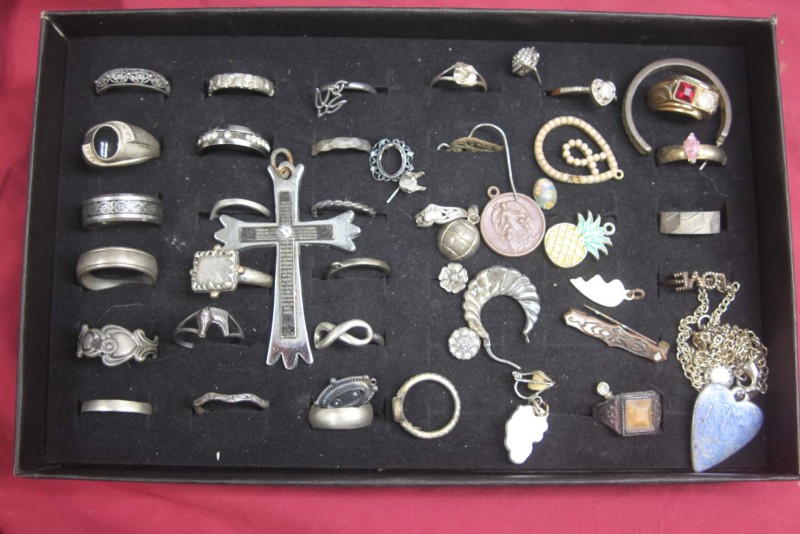
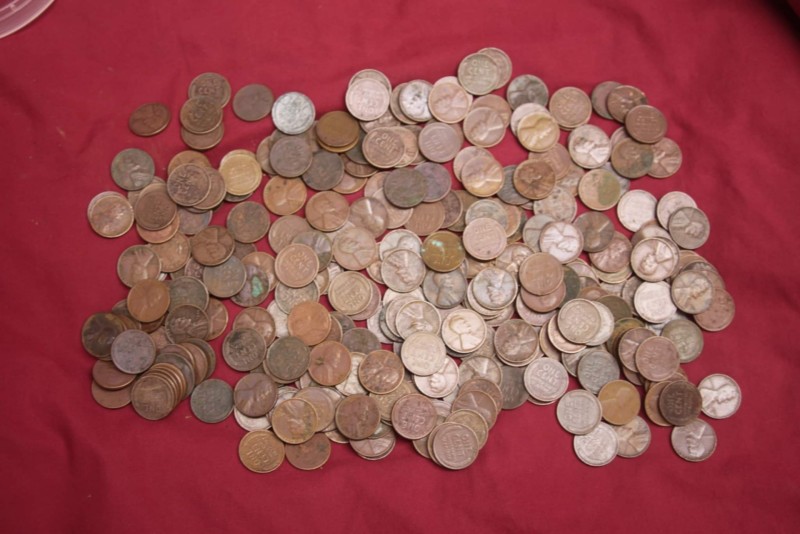
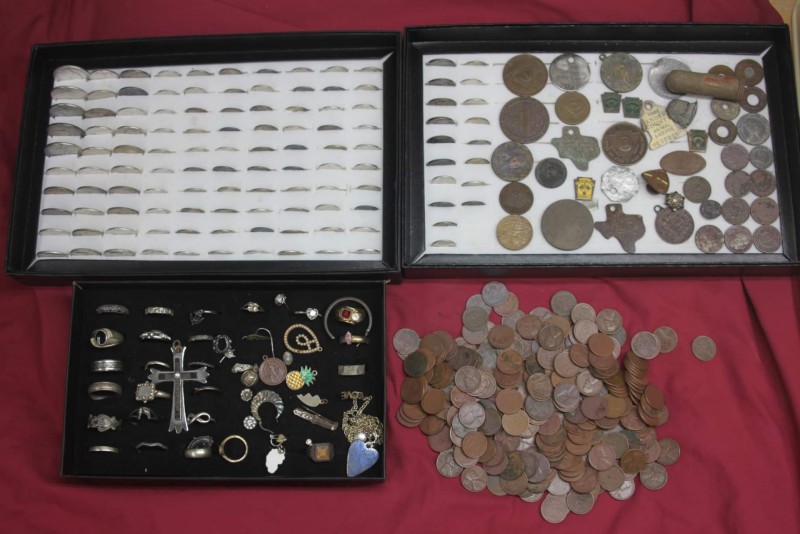
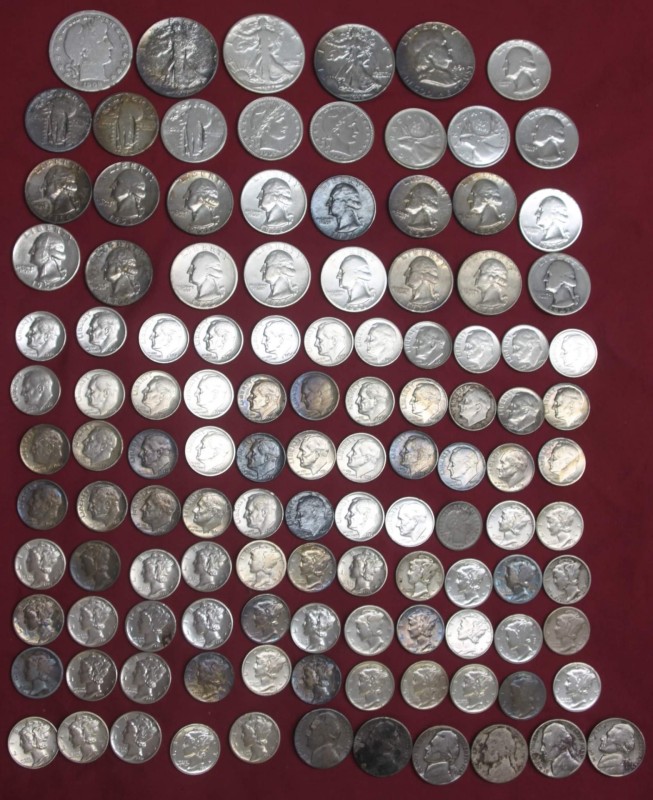
.thumb.jpg.774e04a1bfda55dff54d5d8c878c2791.jpg)

